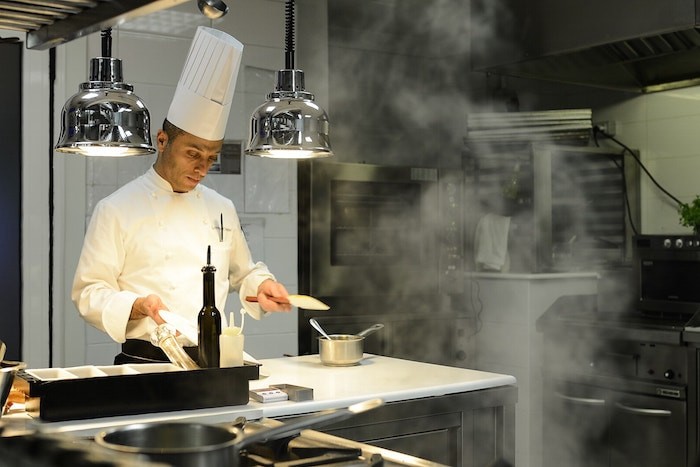Like hotels and restaurants, many commercial buildings contain commercial kitchens that appear more complex than usual cooking areas. A commercial kitchen exhaust system is vital equipment in commercial kitchens since it creates more favorable working conditions once the bad odors, smoke, and toxins are filtered from the air. Besides, commercial business owners should know that a kitchen hood inspection is the pledge of advanced fire safety in the commercial kitchens and cooking areas. This article will find out what aspects kitchen hood inspections involve.
Kitchen inspections: what to expect for business owners?
1. Exhaust hood filters
Most commercial inspectors are in charge of noting the presence of hood filters and their visual condition. They will check the compliance of your filters – baffle filters should be installed over kitchen appliances that create grease, while mesh hood filters suit most devices that filter moisture, heat, and smells. An inspection also focuses on verifying whether the excessive grease buildup is present, whether filters are accessible and correctly installed, whether baffle filters operate vertically, and more.
2. Water wash system
Commercial kitchen inspectors can ask to show the servicing date of the water wash system that is found in Type I hoods. Keep in mind that such systems should be serviced every six months. Inspection of water wash systems involves checking the grease buildup, pipe fittings, pumps, and tubing.
3. Fire suppression system
Inspectors are also likely to check your fire extinguishing system. They have to ensure that the systems are cleaned, the orifices are accessible and installed correctly, tubing and piping are serviceable, etc.
4. Exhaust hood dampers
The inspection of hood dampers requires some expertise, so an inspector should hire a specialist to inspect these hood elements. However, once the hood dampers are visible enough, an inspector will need to check grease buildup on or at the back of the damper.
5. Exhaust fans
Commercial kitchen exhaust fans are essential components of a commercial kitchen exhaust system and require proper inspection. Thus, inspectors will verify whether fans’ direct air flows away from the commercial building and whether collectors and grains are designed to catch the grease that might accumulate on the fan. Since most exhaust fans are located on the roof of the building, other inspection clauses might involve:
- The protection of the roof from grease that a fan accumulates.
- The presence of a lid and shutoff switch.
- The cleanliness of the grease accumulation box.
6. Make-up air fan
The bad air quality is the first condition for installing fresh-air input systems typically attached to the commercial kitchen exhaust hood. The duct system is essential if the commercial kitchen exhaust fan isn’t launched on the kitchen hood. This way, inspectors are likely to check the ducts of your fresh-air input system in terms of support, damage, slope, and open seams.

